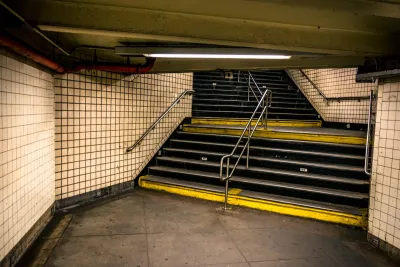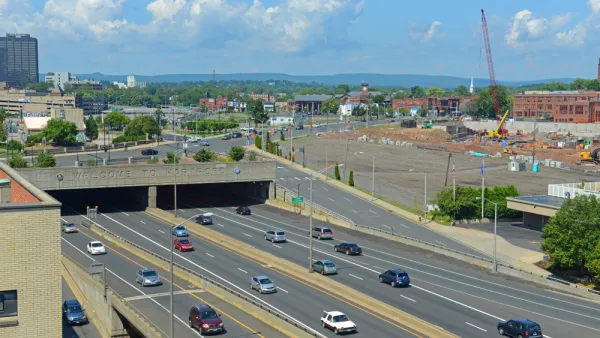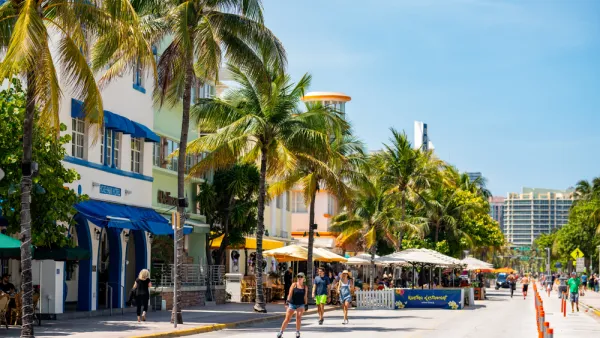"Who do you learn from?" is a question that transportation planners, particularly in the United States, should ask themselves.

Alon Levy argues that countries in Europe and Asia look for lessons about transportation planning from a range of places in contrast to the approach of English-speaking countries that tend to operate in a closed network.
"Rather, the shared characteristics in the Anglosphere seem to be that these countries mostly learn from each other. The idea of road pricing was introduced to the world by the Smeed Report in 1962-4, then actually implemented in Singapore in 1975, then failed to make it to Hong Kong, then got back to London in 2003, and only then became a well-known idea in the American discourse," says Levy.
Levy uses the current coronavirus epidemic as an analogy by pointing out that Asian countries learned response lessons quickly from each other, while the United States and European countries have been slow to follow. In the case of transportation planning, Anglosphere countries choose to value their experiences and knowledge over those of other countries, Levy asserts.
“Senior management in big American cities does not understand anything about how things work in other countries, nor do the managers have any social relationships with their peers abroad. Domestically, and sometimes even across the northern border, it’s different – a senior manager in New York has gone to national conferences and met peers from Los Angeles and Chicago and Boston and Seattle and probably also Toronto. A best practices effort that’s restricted to North America empowers such managers,” says Levy.
FULL STORY: Who Do You Learn From?

National Parks Layoffs Will Cause Communities to Lose Billions
Thousands of essential park workers were laid off this week, just before the busy spring break season.

Retro-silient?: America’s First “Eco-burb,” The Woodlands Turns 50
A master-planned community north of Houston offers lessons on green infrastructure and resilient design, but falls short of its founder’s lofty affordability and walkability goals.

Delivering for America Plan Will Downgrade Mail Service in at Least 49.5 Percent of Zip Codes
Republican and Democrat lawmakers criticize the plan for its disproportionate negative impact on rural communities.

Test News Post 1
This is a summary

Test News Headline 46
Test for the image on the front page.

Balancing Bombs and Butterflies: How the National Guard Protects a Rare Species
The National Guard at Fort Indiantown Gap uses GIS technology and land management strategies to balance military training with conservation efforts, ensuring the survival of the rare eastern regal fritillary butterfly.
Urban Design for Planners 1: Software Tools
This six-course series explores essential urban design concepts using open source software and equips planners with the tools they need to participate fully in the urban design process.
Planning for Universal Design
Learn the tools for implementing Universal Design in planning regulations.
EMC Planning Group, Inc.
Planetizen
Planetizen
Mpact (formerly Rail~Volution)
Great Falls Development Authority, Inc.
HUDs Office of Policy Development and Research
NYU Wagner Graduate School of Public Service





























